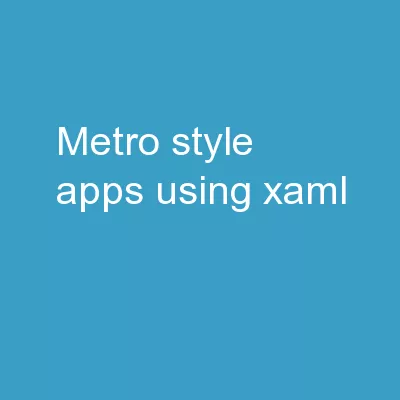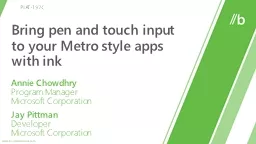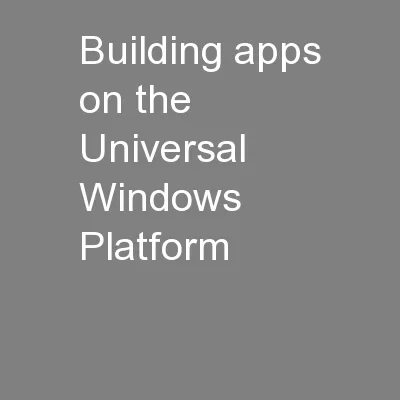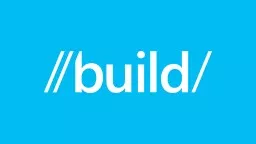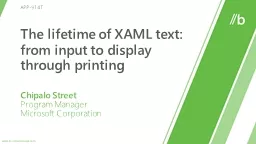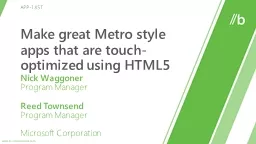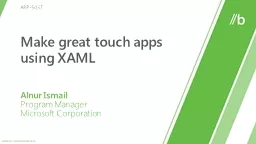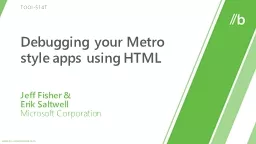PPT-Metro style apps using XAML:
Author : phoebe-click | Published Date : 2019-02-16
Make your app shine Marco Matos Senior Program Manager Microsoft Corporation APP741T Agenda Handle lifecycle semantics within your app Expand apps presence by
Presentation Embed Code
Download Presentation
Download Presentation The PPT/PDF document "Metro style apps using XAML:" is the property of its rightful owner. Permission is granted to download and print the materials on this website for personal, non-commercial use only, and to display it on your personal computer provided you do not modify the materials and that you retain all copyright notices contained in the materials. By downloading content from our website, you accept the terms of this agreement.
Metro style apps using XAML:: Transcript
Download Rules Of Document
"Metro style apps using XAML:"The content belongs to its owner. You may download and print it for personal use, without modification, and keep all copyright notices. By downloading, you agree to these terms.
Related Documents

